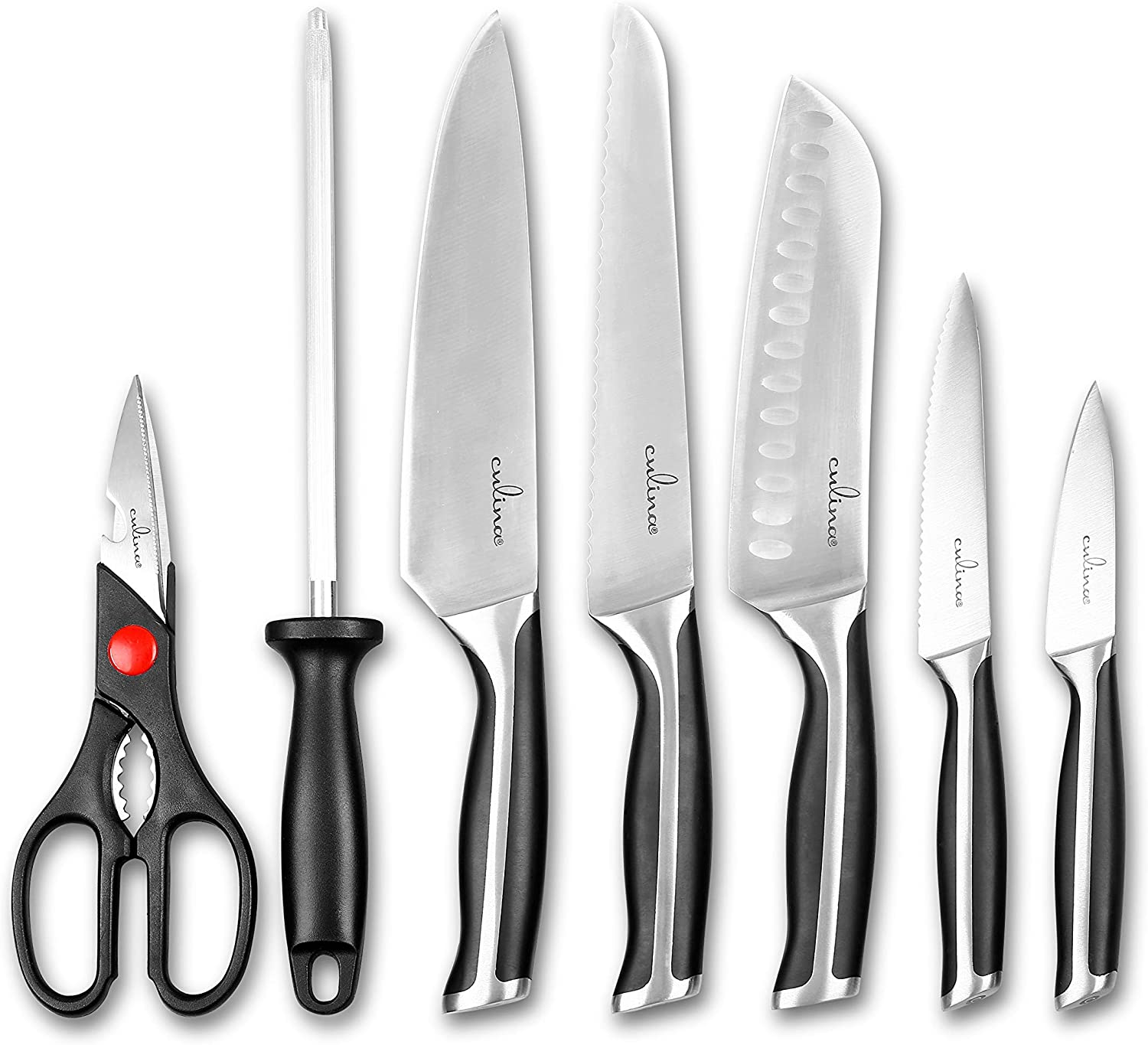Understanding the exact location of the sensor in a meat thermometer is crucial for achieving perfectly cooked meals every time. For those who love cooking – especially chicken lovers – knowing how to use your tools effectively can make all the difference. The main SEO keyword for this article is where is the sensor on a meat thermometer. This keyword will be integrated naturally into our discussion to ensure our content resonates with search engines and readers alike.

What is a Meat Thermometer?
A meat thermometer is a kitchen device that measures the internal temperature of meat, ensuring it is cooked safely and to the desired level of doneness. There are different types of meat thermometers, including dial, digital, and infrared. Each type has its own method of detecting and displaying the temperature accurately.
The Importance of Correct Usage
Using a meat thermometer correctly is crucial. Improper usage might lead to inaccurate readings, resulting in undercooked or overcooked meat. To achieve flawless results, it’s essential to understand where the sensor on your meat thermometer is located.
The Sensor: The Heart of the Meat Thermometer
The heart of any meat thermometer is its sensor. The sensor is responsible for detecting the temperature within the meat. Its this part of the thermometer that youll need to place correctly to get an accurate reading.
Locating the Sensor in Different Types of Thermometers
- Dial Thermometers: These often have their sensor located around 1 inch from the tip of the probe.
- Digital Thermometers: Generally, the sensor is situated at the very tip of the probe, offering precision.
- Infrared Thermometers: These measure surface temperatures and have their sensors on the viewing end of the device.

How to Use a Meat Thermometer Correctly
For those new to using a meat thermometer, its easy to incorporate this tool into your cooking routine. With the sensor location in mind, insert the thermometer into the thickest part of the meat, avoiding bones and fat. Wait for an accurate reading before removing the meat from heat.
Step-by-Step Guide for Chicken Lovers
- Insert the thermometer into the thickest part of the chicken breast or thigh.
- Avoid contacting bones as this can skew the temperature reading.
- Wait for the thermometer to stabilize, which generally takes a few seconds.
- Remove the chicken from heat once the desired temperature is reached. For chicken, 165F is recommended.
Common Mistakes When Using a Meat Thermometer
Here are a few common mistakes that can lead to inaccurate readings:
- Not inserting the probe deeply enough: Ensure the sensor is fully immersed in the meat.
- Hitting bone: Bones conduct heat differently and can give you a false temperature reading.
- Reading too early: Give the thermometer time to provide an accurate reading.
- Using a damaged thermometer: Ensure your thermometer is in good working condition.
Maintaining Your Thermometer
To ensure longevity and accuracy, a meat thermometer should be well maintained. Clean the probe thoroughly after each use and store the thermometer in a safe place to prevent damage. Regular calibration of your thermometer is also recommended to ensure continued accuracy.
Why the Sensor Location Matters
Understanding where the sensor is on your meat thermometer ensures accurate temperature readings. This leads not only to delicious meals but also ensures food safety. Properly cooked meat eliminates harmful bacteria, reducing the risk of foodborne illnesses.
Impact on Cooking Techniques
The sensor location affects how you approach your cooking. For instance, when using a dial thermometer with a sensor situated an inch from the tip, you’ll need to insert it deeper than a digital one. Adjust your technique according to the sensor position for optimal results.
External Resources for Your Ease
You can learn more about using a meat thermometer correctly and effectively by visiting this MasterClass guide. For a more in-depth exploration, there’s also a technical article on Serious Eats
Conclusion
In conclusion, knowing where the sensor on a meat thermometer is can significantly elevate your cooking game. Whether you’re preparing a Sunday roast for the family or grilling for guests, a properly used meat thermometer ensures perfection every time. By carefully locating the sensor, avoiding common mistakes, and maintaining your device, youll consistently achieve culinary success.
FAQ Section
1. How do I know if my meat thermometer is accurate?
To check for accuracy, place your thermometer in a pot of boiling water. It should read 212F (100C). If not, you may need to recalibrate or replace it.
2. Can I leave a meat thermometer in the meat while its cooking?
Some thermometers are designed for continuous use, but many are not. Always check the manufacturers guidelines.
3. What types of meat require a thermometer check?
All meats, including poultry, beef, pork, and lamb, can benefit from a thermometer check to ensure proper cooking and food safety.
For more tips on cooking chicken, check out our guides on microwaving chicken, pairing with rotisserie chicken, and what to cook on a griddle.
As an Amazon Associate, I earn from qualifying purchases.









